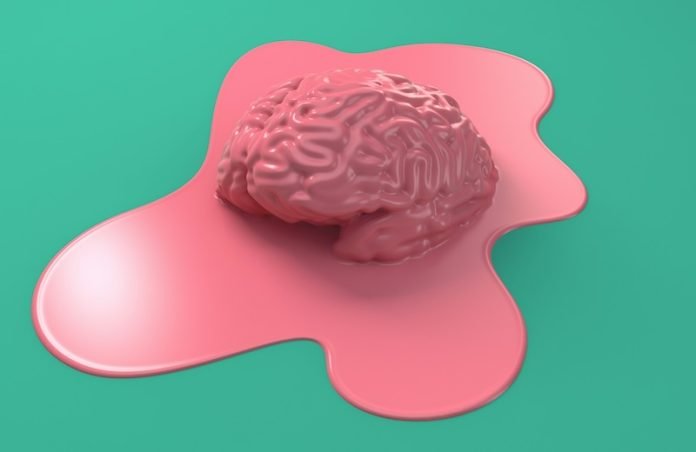
Researchers at Mayo Clinic and their collaborators have made a significant discovery in understanding Alzheimer’s disease by identifying unique molecular signatures of blood-brain barrier dysfunction.
This breakthrough could lead to new diagnostic and treatment methods for the disease. Their findings were published in Nature Communications.
The blood-brain barrier is a network of blood vessels and tissues that protects the brain from harmful substances in the blood. However, this barrier is disrupted in Alzheimer’s disease.
The research team, led by Dr. Nilüfer Ertekin-Taner, chair of the Department of Neuroscience at Mayo Clinic, analyzed human brain tissue from the Mayo Clinic Brain Bank and other collaborating institutions.
They studied brain tissue samples from 12 Alzheimer’s patients and 12 healthy individuals who had donated their tissue for scientific research.
Using this tissue and additional datasets, the researchers examined thousands of cells across more than six brain regions.
Their rigorous analysis focused on brain vascular cells, specifically two types that play a crucial role in maintaining the blood-brain barrier: pericytes, which ensure the integrity of blood vessels, and astrocytes, their support cells.
The team discovered altered communication between these cells in Alzheimer’s patients, involving two key molecules: VEGFA, which stimulates blood vessel growth, and SMAD3, crucial for cellular responses to the environment.
Increased levels of VEGFA were found to reduce SMAD3 levels in the brain.
To validate their findings, the researchers used cellular and zebrafish models. They treated stem cells derived from blood and skin samples of Alzheimer’s patients and healthy controls with VEGFA and observed a decline in SMAD3 levels in brain pericytes, indicating interaction between these molecules.
Higher blood SMAD3 levels were associated with less vascular damage and better Alzheimer’s-related outcomes. However, further research is needed to understand how SMAD3 levels in the brain correlate with those in the blood.
The researchers plan to continue studying the SMAD3 molecule and its impact on vascular and neurodegenerative outcomes in Alzheimer’s disease. They will also search for other molecules involved in maintaining the blood-brain barrier.
This discovery opens new avenues for diagnosing and treating Alzheimer’s disease, potentially leading to better patient outcomes in the future.
If you care about Alzheimer’s, please read studies about Vitamin D deficiency linked to Alzheimer’s, vascular dementia, and Oral cannabis extract may help reduce Alzheimer’s symptoms.
For more information about brain health, please see recent studies about Vitamin B9 deficiency linked to higher dementia risk, and results showing flavonoid-rich foods could improve survival in Parkinson’s disease.
The research findings can be found in Nature Communications.
Copyright © 2024 Knowridge Science Report. All rights reserved.



